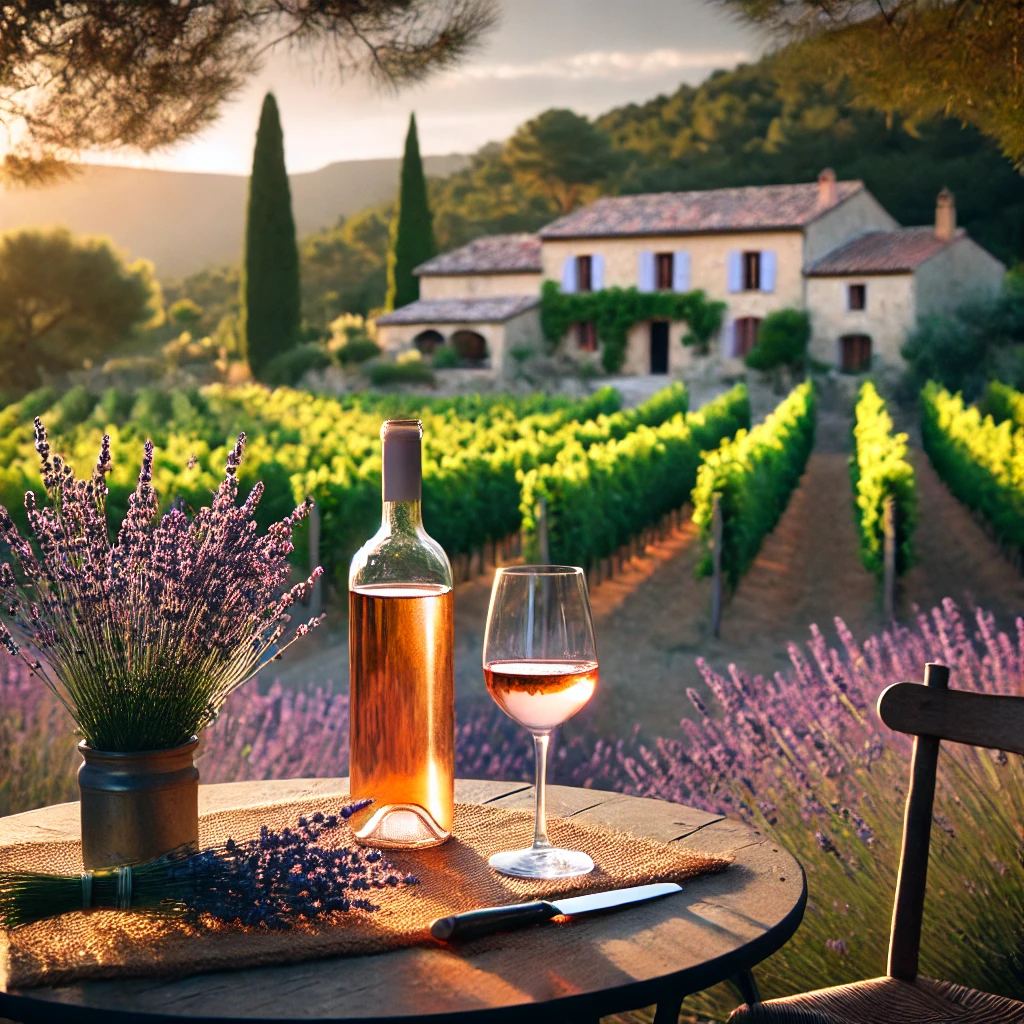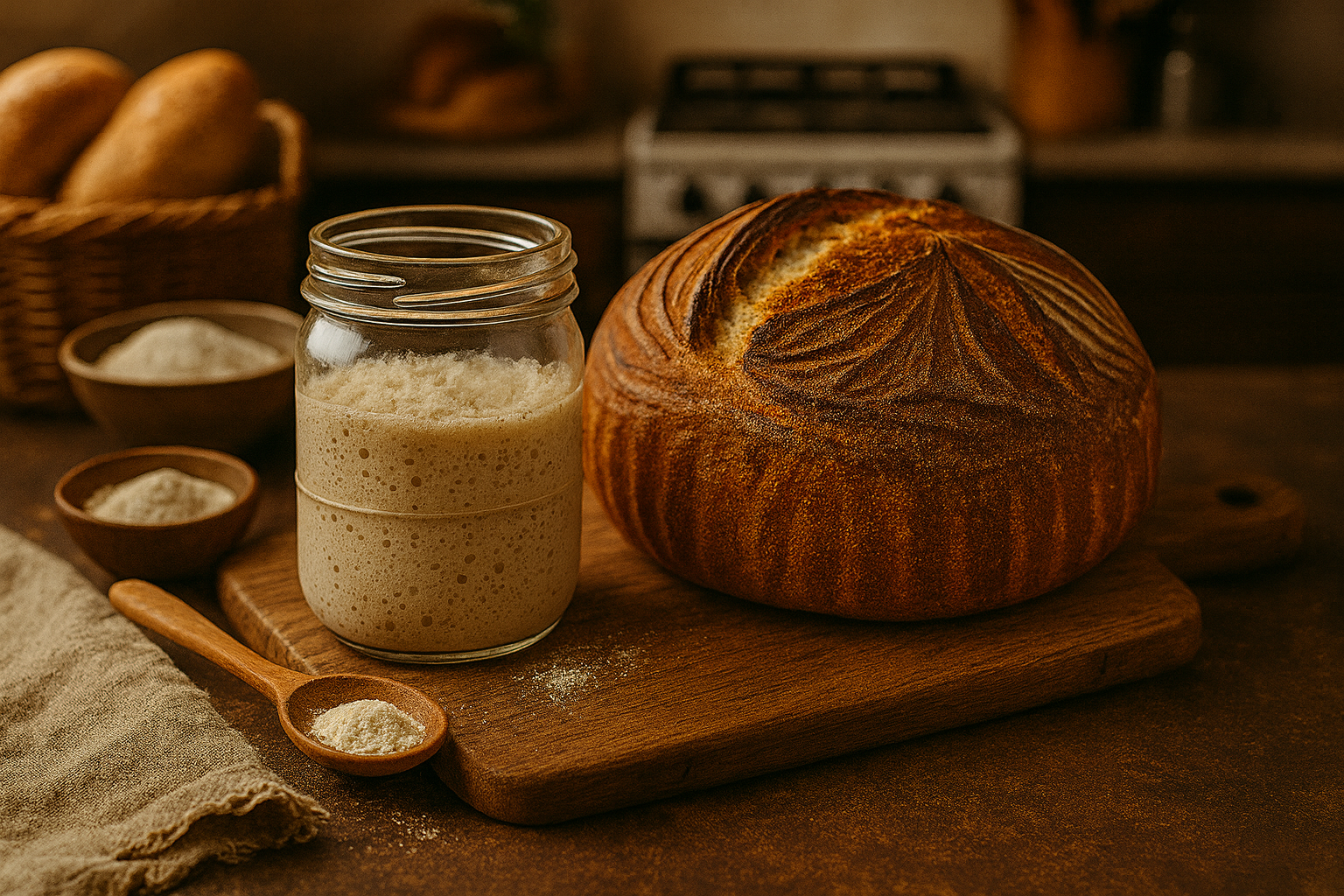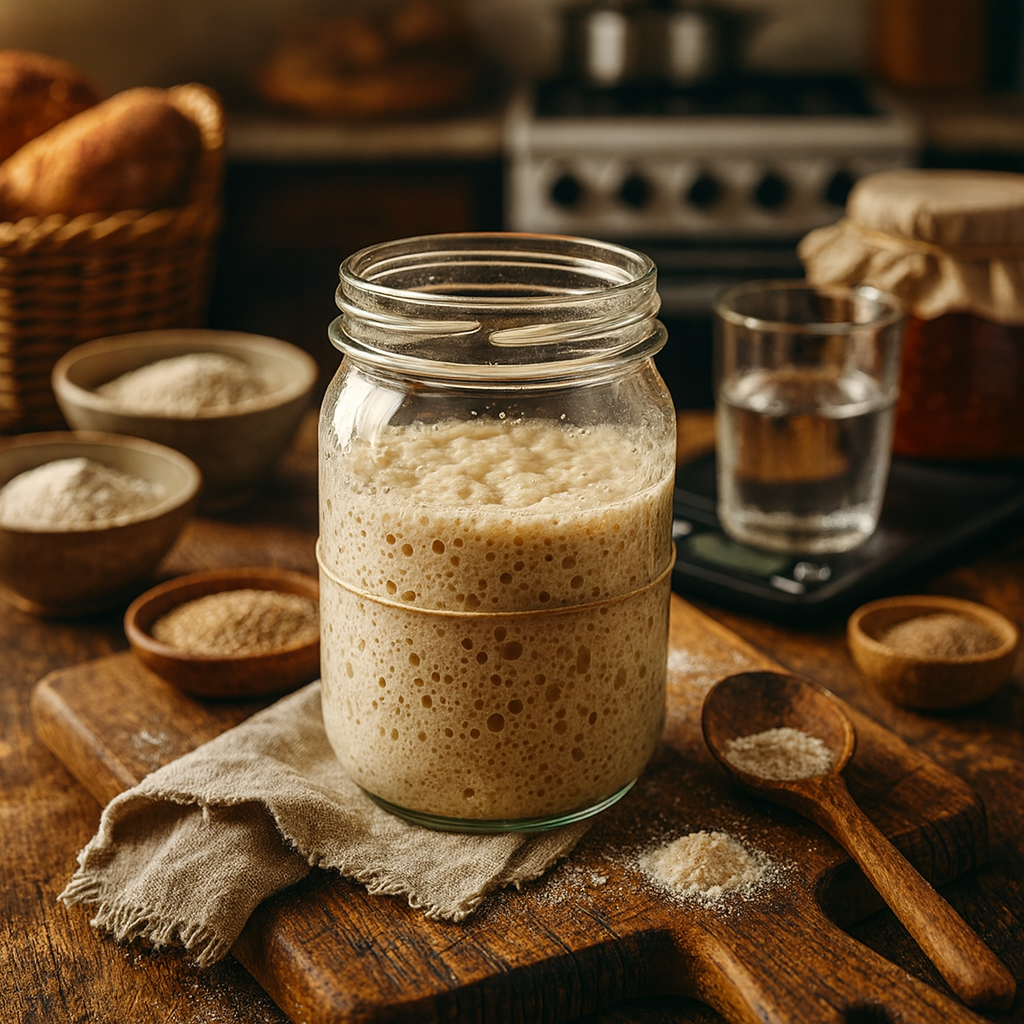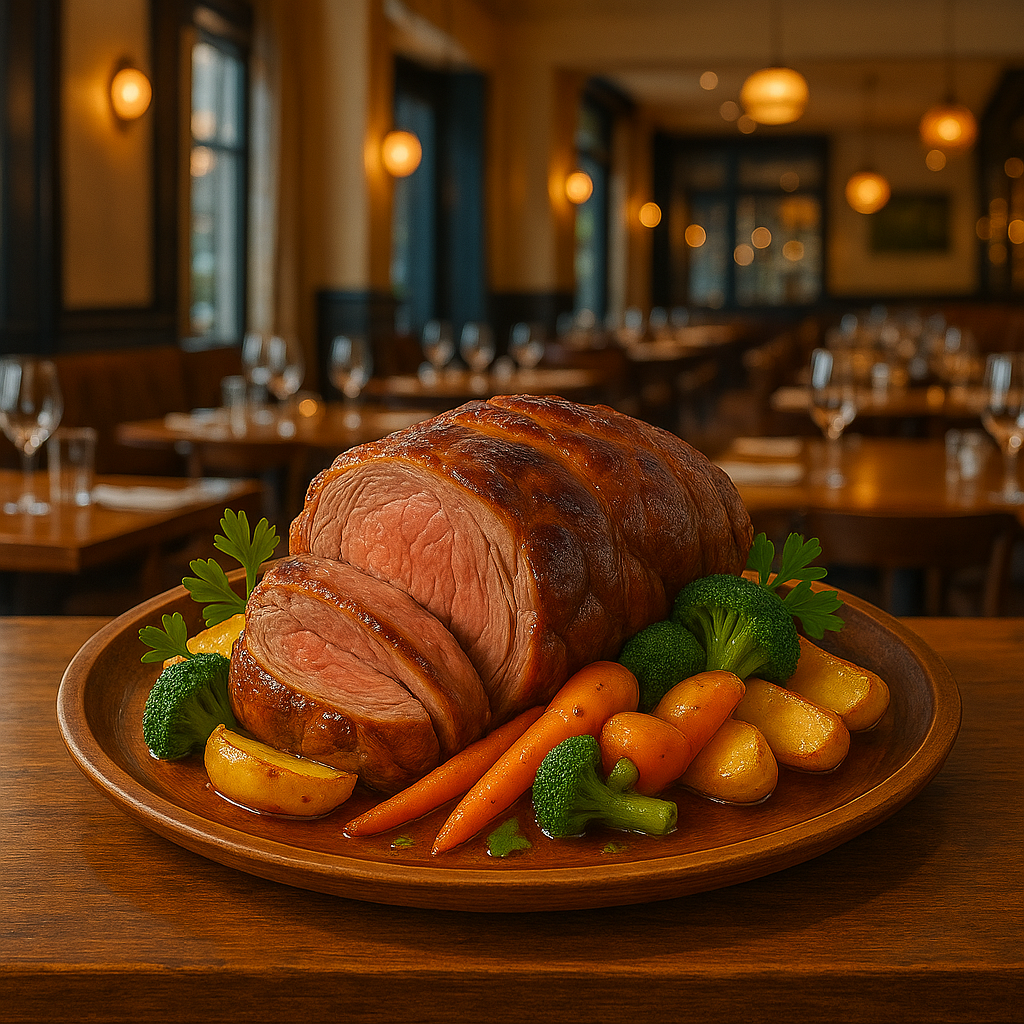Table of Contents
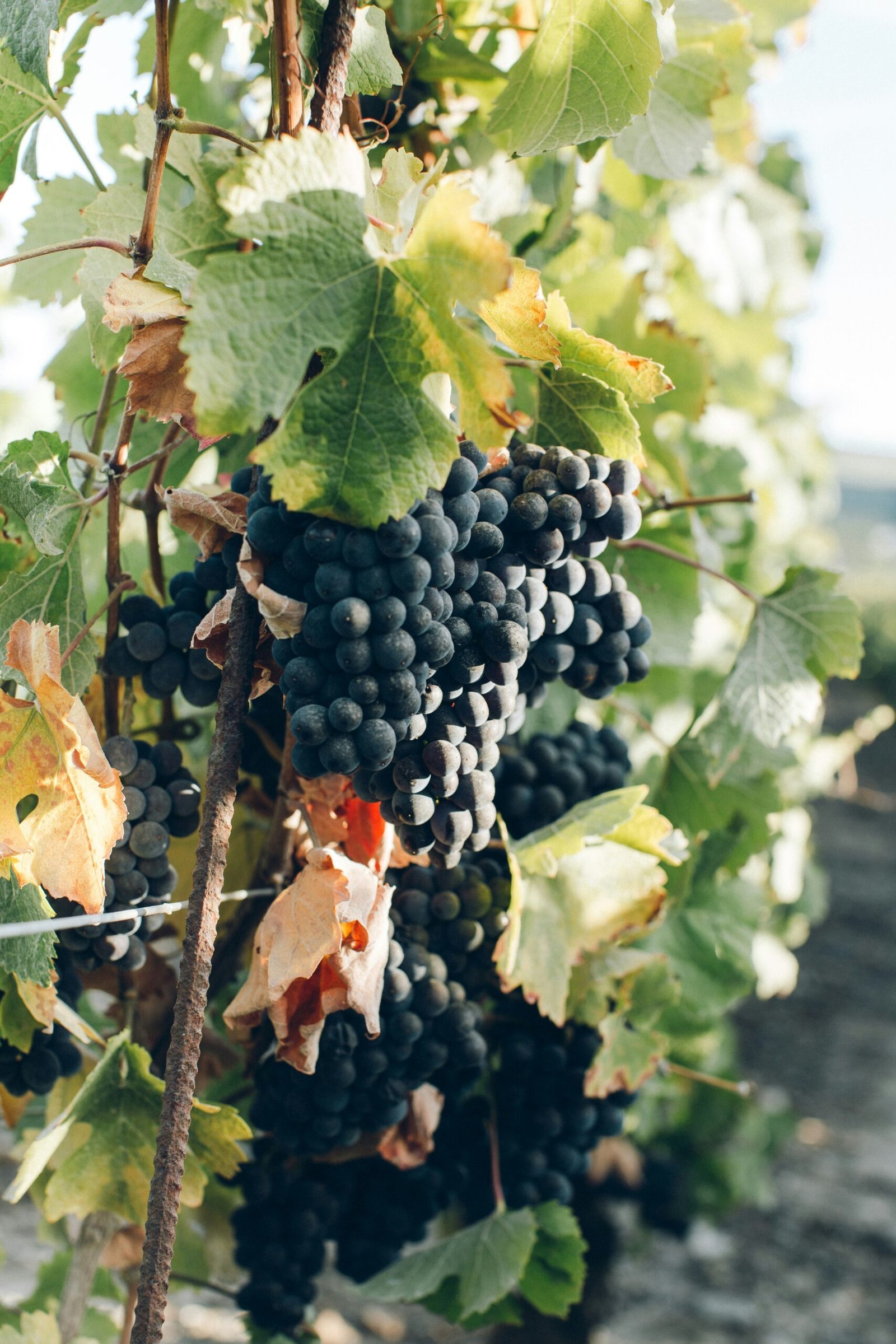
Introduction to French Wines
French wine, a term that evokes elegance, tradition, and a deep-rooted history, stands as a pillar in the world of viniculture. France, renowned for its premium wine production, has cultivated centuries of expertise that intertwine with its cultural heritage. From the rolling vineyards of Bordeaux to the sun-kissed hills of Provence, each region contributes its unique touch to the diverse tapestry that makes up French wines.
France’s journey to becoming synonymous with top-notch wine production began over 2,000 years ago with the arrival of the Romans, who recognized the region’s potential for viticulture. Over the ages, monks during the medieval period diligently tended vines and honed their wine-making skills, preserving traditional practices passed down through generations. Today, these traditions are melded with modern techniques, ensuring that French wines maintain their esteemed reputation while evolving with contemporary tastes.
The diversity of French wine regions is another element that sets them apart. Each region boasts distinct terroir—a combination of soil, climate, and topography—that significantly influences the flavor profiles of the wines produced. In Bordeaux, you’ll find full-bodied red wines dominated by Cabernet Sauvignon and Merlot, whereas Burgundy is famed for its nuanced Pinot Noir and Chardonnay offerings. The Loire Valley offers refreshing whites and rosés, while Champagne is synonymous with sparkling wine excellence.
Equally noteworthy are regions like the Rhône Valley, known for its robust Syrahs and Grenache blends, and Alsace, which produces aromatic whites like Riesling and Gewürztraminer. Not to be overlooked is the Languedoc-Roussillon area, a region increasingly recognized for its innovation and variety, producing everything from crisp whites to rich reds.
In essence, French wine is not just a drink but a journey through the nation’s history, landscape, and culture. Each bottle carries a story, a piece of terroir, and a slice of centuries-old tradition, making the exploration of French wines an endlessly rewarding adventure.
Understanding French Wine Labels
Understanding French wine labels can be an intricate yet rewarding endeavor for both wine enthusiasts and casual drinkers. The French appellation system, governed by the Appellation d’Origine Contrôlée (AOC) and Appellation d’Origine Protégée (AOP), is a classification process that denotes the origin of the wine, ensuring adherence to specific standards of production and quality.
One of the primary elements on a French wine label is the appellation, which specifies the geographical region where the grapes were grown. Each appellation has stringent regulations that dictate the grape varieties used, cultivation methods, and wine production techniques. Recognizing the appellation provides insight into the wine’s inherent characteristics, as the terroir and traditional methods impart unique flavors and structure, a testament to the ‘sense of place’ that French wines capture so distinctively.
Regions are prominently listed on French wine labels, reflecting the varying climatic conditions and terroir that influence the flavor profiles of wines. From the bold reds of Bordeaux to the elegant whites of Burgundy, each region offers distinct experiences. Additionally, terms such as ‘Grand Cru’ and ‘Premier Cru’ are hallmarks of exceptional quality. ‘Grand Cru,’ literally translating to ‘great growth,’ represents the highest classification within a specific region, typically indicating superior vineyard sites. ‘Premier Cru,’ meaning ‘first growth,’ denotes vineyards of slightly lesser but still outstanding quality.
Moreover, the labels often include vintage information, the year the grapes were harvested, which can significantly affect the wine’s taste and aging potential. Non-vintage wines blend grapes from different years, offering consistency in flavor. The producer’s name and the bottle’s volume are also standard inclusions, which help identify the wine’s origin and quality.
For those seeking top-tier wines, mentioning terms like ‘Mis en bouteille au château’ (bottled at the estate) can be a critical indicator of quality. This phrase guarantees that the wine was produced and bottled at the vineyard, ensuring authenticity and adherence to traditional practices. By familiarizing oneself with these elements, consumers can make informed choices and fully appreciate the rich heritage and diversity encapsulated in every bottle of French wine.
Bordeaux: The Pinnacle of French Wine
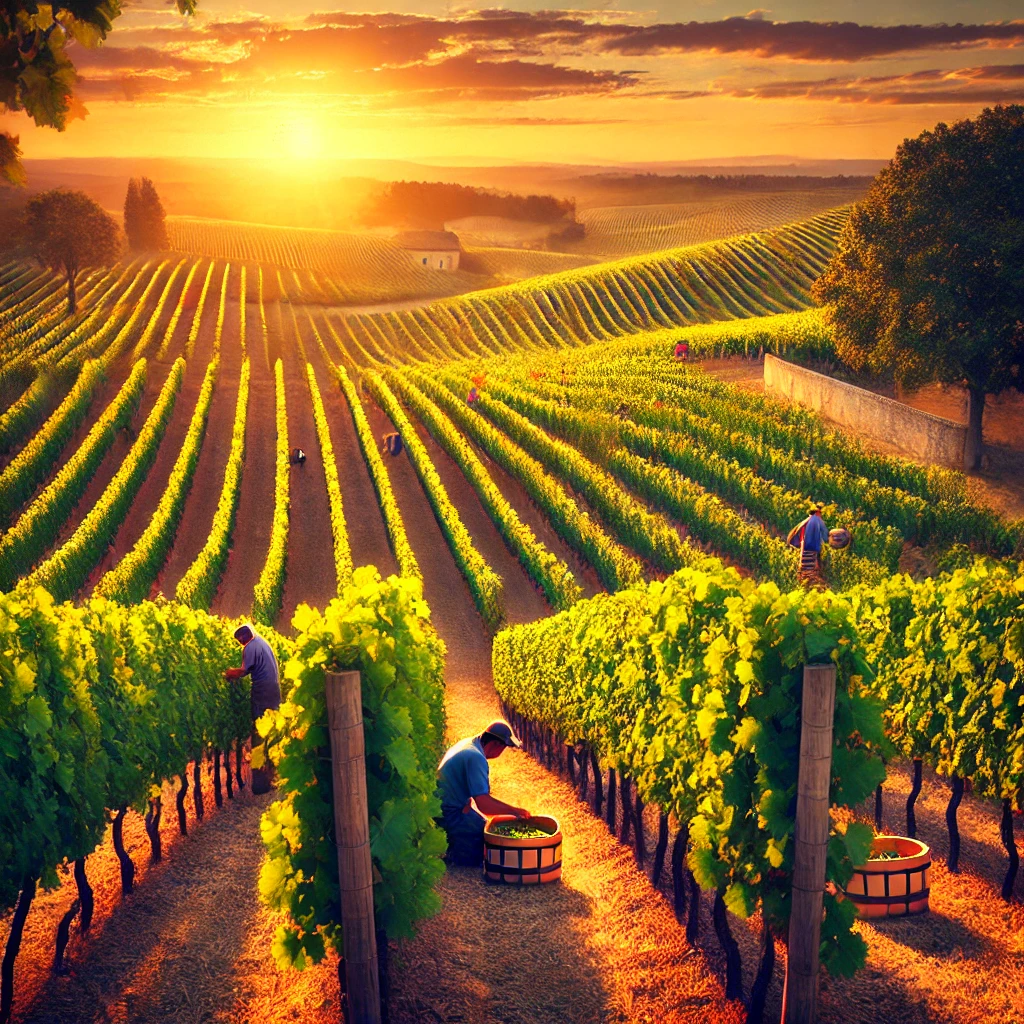
Nestled in the southwestern corner of France, the Bordeaux region holds an esteemed place in the pantheon of French wine. Recognized globally as a premier wine-producing area, Bordeaux is synonymous with elegance, tradition, and exceptional quality. The region is divided into several notable sub-regions, each contributing uniquely to Bordeaux’s storied reputation.
Medoc, located on the left bank of the Gironde estuary, is renowned for its robust red wines, primarily crafted from Cabernet Sauvignon, blended artfully with Merlot and Cabernet Franc. The terroir of Medoc, with its gravelly soils, fosters the production of some of the most age-worthy wines, known for their rich tannic structure and ability to mature gracefully over decades.
To the right bank of the Dordogne River lies Saint-Emilion, an area celebrated for its picturesque vineyards and its Merlot-dominant blends. Saint-Emilion wines often exhibit softer tannins and more approachable flavors in their youth compared to their left-bank counterparts. The proximity to limestone-rich soils imparts a unique minerality that adds to the complexity and finesse of these wines.
Adjacent to Saint-Emilion, the small yet prestigious Pomerol sub-region is revered for producing some of the most opulent and velvety wines in Bordeaux. Predominantly utilizing Merlot, Pomerol wines are distinguished by their lush fruit intensity, depth, and smooth, polished tannins. The iconic Chateau Pétrus, hailing from Pomerol, serves as a benchmark for excellence in the region.
Bordeaux wines, across these sub-regions, share an intrinsic elegance and complexity that manifest through meticulous blending of major grape varieties—Cabernet Sauvignon, Merlot, and Cabernet Franc. The interplay of these varieties, grown in diverse terroirs, ensures a multifaceted profile encompassing rich flavors, balanced acidity, and superb aging potential.
Famous estates such as Château Margaux in Medoc, Château Cheval Blanc in Saint-Emilion, and the illustrious Château Pétrus from Pomerol stand testament to Bordeaux’s unparalleled wine craftsmanship. These wine estates symbolize the zenith of French wine production, capturing the essence of Bordeaux’s viticultural heritage.
Burgundy: A Haven for Pinot Noir and Chardonnay

Burgundy, a renowned wine-producing region in France, is internationally celebrated for its exceptional Pinot Noir and Chardonnay. Situated in the east-central part of France, Burgundy’s unique geography and climatic conditions foster the growth of high-quality grapes. The region experiences a continental climate, characterized by cold winters and warm summers, which imparts distinct characteristics to the wines produced here. The soil composition, which includes limestone, clay, and marl, varies significantly across the region, contributing to the nuanced flavors that are a hallmark of Burgundy wines.
The concept of ‘terroir’ is fundamental to understanding Burgundy wine. Terroir denotes the symbiotic relationship between vine, soil, climate, and human intervention. In Burgundy, this concept is revered, as even slight variations in these factors can yield profoundly different wines. The region is meticulously divided into plots called ‘climats’, each recognized for its unique microclimate and soil composition. This specificity underscores why wines from neighboring plots can exhibit strikingly different profiles, underscoring the region’s commitment to quality and individuality.
Within Burgundy, notable areas such as Côte de Nuits and Côte de Beaune stand out for their exemplary vineyards. Côte de Nuits, primarily known for its red wines, produces some of the finest Pinot Noir in the world. Vineyards like Romanée-Conti and Richebourg are famed for their exquisite and complex red wines that age remarkably well. On the other hand, Côte de Beaune is renowned for both its red and white wines with a particular emphasis on Chardonnay. The Chardonnays from villages like Puligny-Montrachet and Chassagne-Montrachet are celebrated for their elegance, minerality, and balance.
Overall, the Burgundy region’s commitment to the principles of terroir, coupled with its unique climatic and geographic conditions, makes it a distinguished haven for lovers of Pinot Noir and Chardonnay. The diversity of its wines, influenced profoundly by the specific locales within the region, offers a rich tapestry of flavors and aromas that are cherished by wine connoisseurs globally.
Champagne: The Sparkling Jewel of France
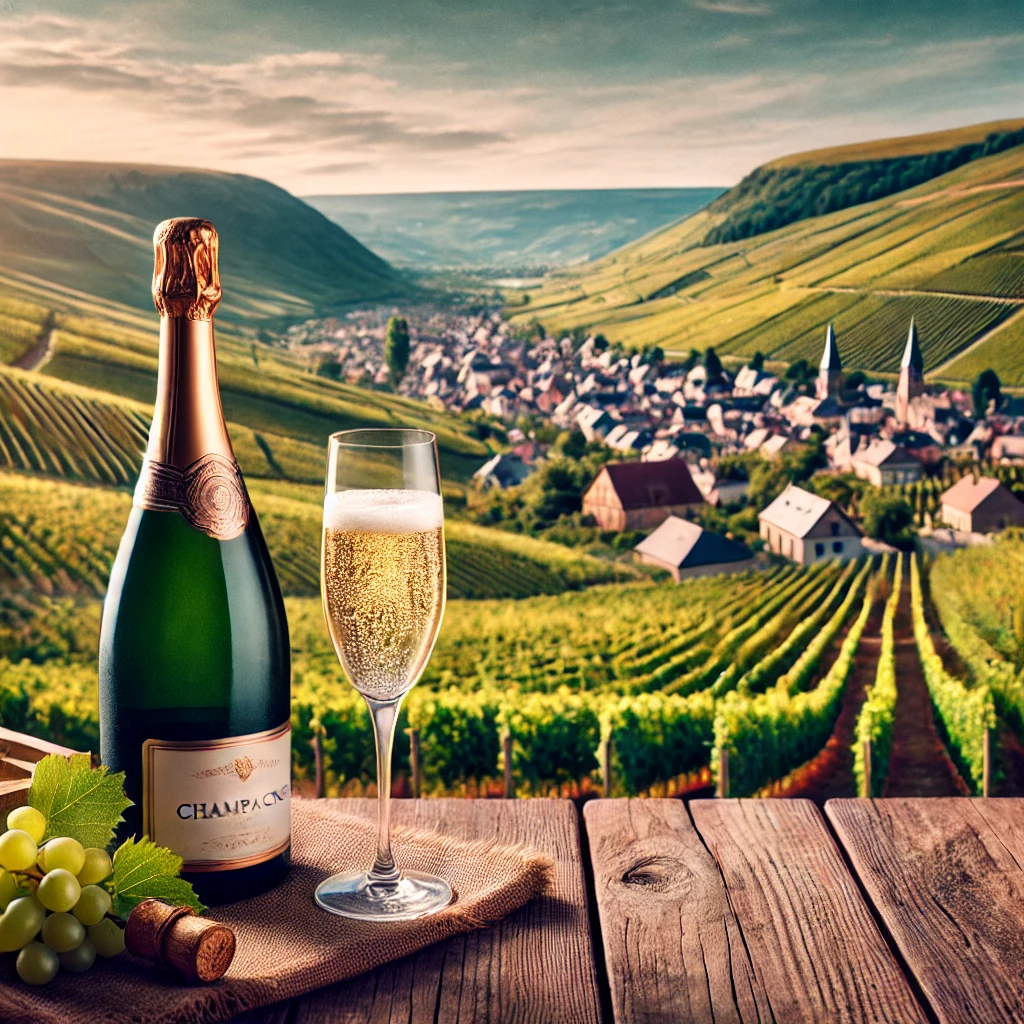
The Champagne region, located in the northeastern part of France, is synonymous with elegance, celebration, and sophistication, primarily due to its renowned sparkling wine – Champagne. The distinctiveness of Champagne lies not only in its superior quality and bubble finesse but also in its stringent production techniques and geographic specificity. The traditional method, known as the “Méthode Champenoise” or “Méthode Traditionnelle,” is a process unique to this region and involves a secondary fermentation that takes place in the bottle, which imparts the wine with its iconic effervescence.
The production of Champagne begins with the blending of three primary grape varieties: Chardonnay, Pinot Noir, and Pinot Meunier. Chardonnay brings a touch of elegance and sharp acidity to the blend, contributing to the wine’s crisp and clean profile. Pinot Noir adds structure, body, and depth with a hint of berry flavors, whereas Pinot Meunier offers fruitiness and richness, ensuring a harmonious balance. The careful combination of these grapes results in a beverage that is as versatile as it is exquisite.
Champagne comes in various styles to cater to diverse palates. The most prevalent style is “Brut,” which is dry with no perceptible sweetness. Other options include “Extra Brut,” for an even drier experience, “Sec” and “Demi-Sec,” which are sweeter, and “Rosé Champagne,” known for its subtle pink hue and captivating fruity notes. Each style can complement different culinary delights, enhancing both the wine and the food it’s paired with.
When delving into the world of Champagne, several key producers stand out for their exceptional craftsmanship and historical significance. Renowned houses such as Moët & Chandon, Veuve Clicquot, and Dom Pérignon epitomize luxury and quality. These producers, along with smaller, boutique wineries, offer a plethora of Champagnes that range from accessible to rare, appealing to both novices and connoisseurs alike.
Indeed, French wine as exemplified by Champagne, embodies a rich tradition and an unwavering commitment to excellence. From the meticulous method of production to the meticulous blending of grape varieties, Champagne remains a sparkling jewel in the crown of the global wine industry.
The Diversity of the Rhône Valley

The Rhône Valley, a cornerstone of French wine production, is celebrated for its remarkable diversity. This region is geographically split into two distinct areas, Northern Rhône and Southern Rhône, each offering unique wine styles that exemplify the region’s rich vinicultural heritage.
In the Northern Rhône, the noble Syrah grape reigns supreme. This area is renowned for producing intense red wines that are both powerful and elegant. Notable appellations such as Côte-Rôtie and Hermitage are prime examples of Syrah’s potential. Côte-Rôtie wines are celebrated for their complexity and depth, often exhibiting aromas of dark berries, violets, and earthy spice. Hermitage, on the other hand, offers robust, age-worthy reds with flavors of black fruit, olives, and a pronounced mineral character.
Moving to the Southern Rhône, Grenache takes the spotlight. This region’s warmer climate is ideal for producing rich, full-bodied red wines. Châteauneuf-du-Pape, one of the most esteemed appellations in Southern Rhône, blends Grenache with other varietals to create complex wines with flavors of ripe red fruit, herbs, and spices. These wines are distinguished by their richness and layered profiles, capable of aging gracefully over many years.
The Rhône Valley’s diversity is further enhanced by its varied terroirs, which include a mix of soils ranging from granite and schists in the north to clay, limestone, and galets roulés (rounded pebbles) in the south. This breadth of terroir influences the character of the wines produced, contributing to the distinctiveness of each appellation.
Whether favoring the intense, aromatic qualities of Northern Rhône’s Syrah or the opulent, spicy expressions of Southern Rhône’s Grenache, enthusiasts of French wine will find a wealth of choices to explore within the Rhône Valley. Its riverside vineyards continue to craft wines that are celebrated for their depth, complexity, and historic significance in the world of wine.
Loire Valley: The Garden of France
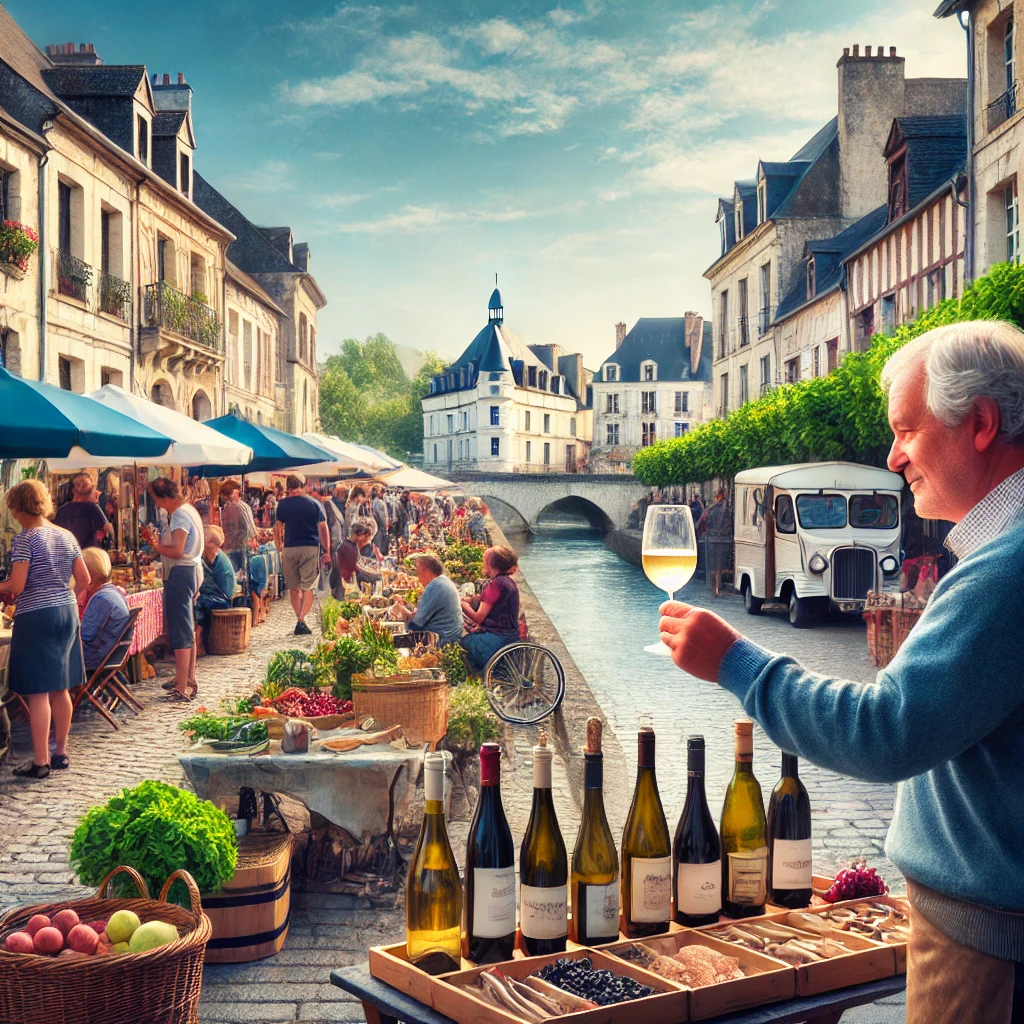
The Loire Valley, often referred to as “The Garden of France,” is renowned for its breathtaking landscapes, historical châteaux, and, of course, its diverse range of French wines. The region stretches from the Atlantic Coast to the heart of France, encapsulating a variety of climates and terroirs that contribute to its rich viticultural heritage. Whether you prefer crisp whites, sparkling wines, or vibrant reds, the Loire Valley offers a spectrum of wine styles to explore and enjoy.
The primary grape varieties of the Loire Valley are as diverse as the region itself. Sauvignon Blanc is one of the standout white grapes, producing some of the most acclaimed wines of the area, particularly in sub-regions like Sancerre and Pouilly-Fumé. These wines are celebrated for their distinctive minerality, bright acidity, and aromatic profiles dominated by notes of citrus, green apple, and flint.
Chenin Blanc, another prominent white grape, thrives in the Loire Valley, especially in the Vouvray sub-region. Vouvray wines are notably versatile, ranging from bone-dry to lusciously sweet, and can also be found in sparkling forms. Chenin Blanc typically exhibits flavors of quince, apple, and honey, often with a refreshing acidity that makes these wines exceptionally age-worthy.
The Loire Valley is also home to exquisite red wines, primarily crafted from the Cabernet Franc grape. The Chinon sub-region is particularly noted for its Cabernet Franc-based wines, which are known for their bright cherry and raspberry flavors, peppery notes, and a delightful earthiness that reflects the terroir. These vibrant reds can be enjoyed young or aged to develop more complex, tertiary characteristics.
In addition to these key sub-regions, the Loire Valley encompasses other notable areas such as Touraine, Anjou, and Saumur, each contributing unique expressions to the region’s vinous tapestry. From the steely, citrus-driven wines of Muscadet, near the Atlantic coast, to the elegant, structured reds of Bourgueil, the Loire Valley truly epitomizes the diversity and richness of French wine.
Languedoc-Roussillon: France’s Underrated Wine Region

Nestled along the Mediterranean coast, the Languedoc-Roussillon region has been historically underestimated in the world of French wine. However, this expansive area is increasingly recognized for its remarkable quality and value. Benefiting from a Mediterranean climate characterized by hot, dry summers and mild winters, the region’s vineyards thrive under these ideal conditions.
The soil diversity in Languedoc-Roussillon is another vital aspect contributing to its viticultural success. The terroirs range from limestone and marl to schist and sandstone, enabling winemakers to cultivate a wide array of grape varieties. Traditional grapes such as Grenache, Syrah, and Carignan are complemented by international varietals like Merlot and Cabernet Sauvignon, offering a rich tapestry of flavors and styles.
Historically, Languedoc-Roussillon has roots that trace back to ancient Roman viticulture. Despite its longstanding heritage, for many years, the region was known primarily for high-volume, less distinguished wines. Today, a renaissance is underway, driven by innovative winemakers who are committed to quality over quantity. The introduction of modern techniques and a focus on sustainable and organic practices are pivotal trends reshaping the landscape of Languedoc-Roussillon wine production.
Notable appellations such as Côtes du Roussillon, Corbières, and Minervois are now producing exceptional wines that reflect the region’s unique terroirs. Esteemed producers like Domaine Gauby and Château de la Négly are at the forefront, earning accolades for their distinctive and high-quality offerings. These appellations and producers are showcasing the potential of Languedoc-Roussillon to rival more well-known French wine regions.
As the appreciation for the wines of Languedoc-Roussillon grows, so does the understanding that this underrated region offers an exciting, dynamic landscape for wine enthusiasts. With its combination of favorable climate, diverse soils, and pioneering winemakers, Languedoc-Roussillon is firmly on the map as a noteworthy player in the realm of French wine.

